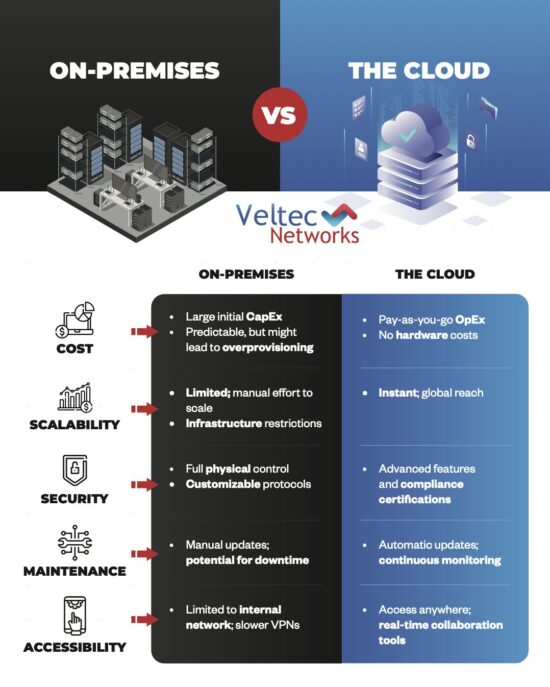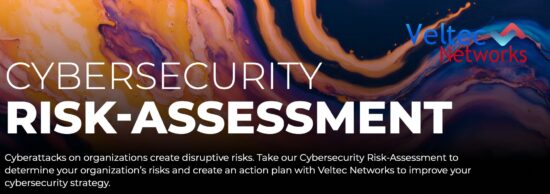Best Practices For Securing The Internet Of Things
The modern era of Digital Transformation in which we live has steadily expanded the use of assistive technologies like the Internet of Things (IoT). The IoT has become very popular in recent years; the global total of IoT devices in use is expected to reach around 80 billion by 2025.
Smart technology, (also known as the Internet of Things) is a natural evolution of the Internet, consisting of a range of new “smart” and “connected” products and technologies used in commercial, consumer, and government environments. It could be your Wi-Fi-enabled coffee maker that you can set with a smartphone app or a smartwatch that tracks exercise activity for you to review.
Unfortunately, aspects of product security and lifecycle are often treated as an afterthought at best in the development and production of these products. More and more of us are buying constantly connected devices for our homes, offices, and even to wear. That’s why IoT devices are becoming a frequent and popular target for cybercriminals.
As a so-far unregulated aspect of the IT world, IoT devices have been developed with minimal or nonexistent security features, despite the fact that they often connect over networks to sensitive data. Have you stopped to consider the risks?
Are There IoT Security Regulations Already In Effect?
Fortunately, in some areas of the world, steps are being taken to ensure IoT devices are properly secured:
- The EU Cybersecurity Act and the European Telecommunications Standards Institute ETSI TS 103 645 technical specifications implement standard frameworks on cybersecurity controls for technologies like the IoT.
- America’s IoT Cybersecurity Improvement Act (2020) is an important step in securing IoT. It establishes minimum-security requirements for any federal procurement of IoT devices.
- The UK’s Department of Digital, Culture, Media and Sport (DCMS) has implemented a Code of Practice for Consumer IoT Security, detailing 13 guidelines that are intended to protect consumer privacy and safety.
Best Practices and Strategies to Manage IoT Risks
Statistica estimates that only 28% of business executives are intending to invest further in IoT-based security. With such low prioritization to device security and a high level of sensitive data at stake, IoT infiltration will continue to trend as a highly targeted area for cybercriminals.
Users that are concerned about the security of their IoT devices and networks can start to improve their defenses simply by treating their devices like they would any others and follow key cybersecurity best practices, such as:
- Perform Risk Assessments: If your business is going to use IoT, you need to undergo a thorough risk assessment. This process will identify and address any security gaps that might make you vulnerable to external parties as a result of IoT security (or lack thereof).
- Manage An Inventory Of IoT Devices: A key aspect of cybersecurity is knowing what devices are connected to your network, and what shouldn’t be. If you maintain an accurate inventory of authorized and unauthorized IoT devices on your network, you’re better prepared to identify when something connects that shouldn’t have.
- Update and Patch Management: Just as patches and updates need to be applied for conventional software and hardware in use, the same is true of IoT devices. The firmware that these devices operate on will need to be kept up to date with the latest patches issued by developers to make sure that they are kept secure against recently discovered vulnerabilities.
- Least Privilege And Zero Trust: The fact is that misuse of privilege is often one of the most common ways for cybercriminals to penetrate a network. Either by tricking a user with administrative privileges to download and run malware, or by elevating privileges on a compromised non-admin account, hackers regularly make use of this highly common unsafe business practice. Eliminating this vulnerability can be achieved by limiting administrative privileges to those who actually require it. The fact is that the common business user should not require administrative privileges to do their job — whether that’s for installing software, printing, using common programs, etc.
Furthermore, you should adopt and follow a zero trust cybersecurity policy. The zero-trust approach to cybercrime assumes that every aspect is a potential vulnerability until it can be confirmed otherwise. That means instead of simply investing in a strong firewall and antivirus, and assuming you’re protected, every part of your IT environment and every user trying to access it is assessed for its security. It’s important for business owners to understand that every potential part of their network is a target. Given the overall connected nature of the systems, comprising one part can give the cybercriminals control over the entire environment. - Train Your Staff: Organizations are often at risk based on the weakest links in their cybersecurity – poorly trained employees. That’s why continuous training with a variety of different methodologies is necessary in order to have employees be knowledgeable and aware. Security awareness training helps users to recognize and avoid using IoT devices in an unsafe manner. They learn how to handle security incidents when they occur. If users are informed about what to watch for, how to block attempts, and where they can turn for help, this alone is worth the investment.
Prioritize Your Business’ Cybersecurity & Data Protection
While IoT devices are a growing force behind efficiency and competitiveness in modern organizations across industries, they have also become a portal for cybercriminals to exploit organizational networks.
Veltec Networks will help you securely strategize and implement IoT devices without compromising your security. Connect with us and learn how your business can take advantage of the IoT, without taking on any extra risks.






